For many teenagers, the temptation to reach for the phone to check emails or text messages while driving is an urge they simply can’t resist.
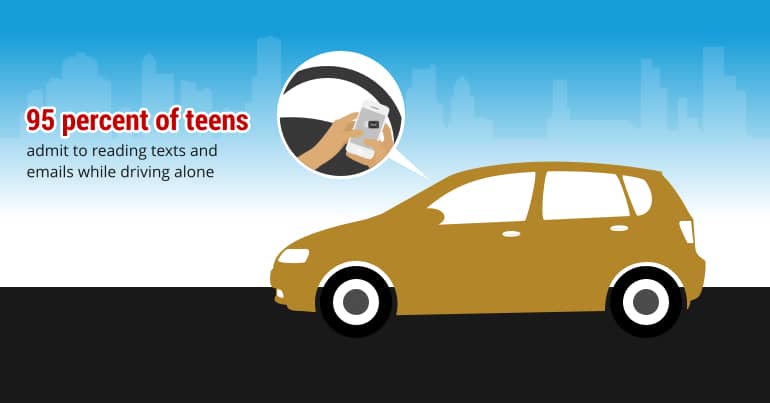
According to a survey commissioned by Bridgestone Americas. This type of risky driving behavior is becoming so prevalent that it is contributing to 1.6 million crashes annually, the National Safety Council (NSC) reports. The NSC estimates 25 percent of car crashes involve the use of a cell phone, and distracted driving is one of the leading causes of teen car accidents.
A new study by the AAA Foundation for Traffic Safety suggests distraction contributes to more than half of accidents involving teen drivers. Researchers reviewed videos of 1,700 accidents involving teen drivers and found that distraction was a factor in 58 percent of the crashes. That is a much higher figure than previous estimates.
Parents can take some steps to protect their teen drivers:
Textecution: If a car is going faster than 10 mph, the app kills a cell phone’s texting ability. It has a $30 one-time fee.
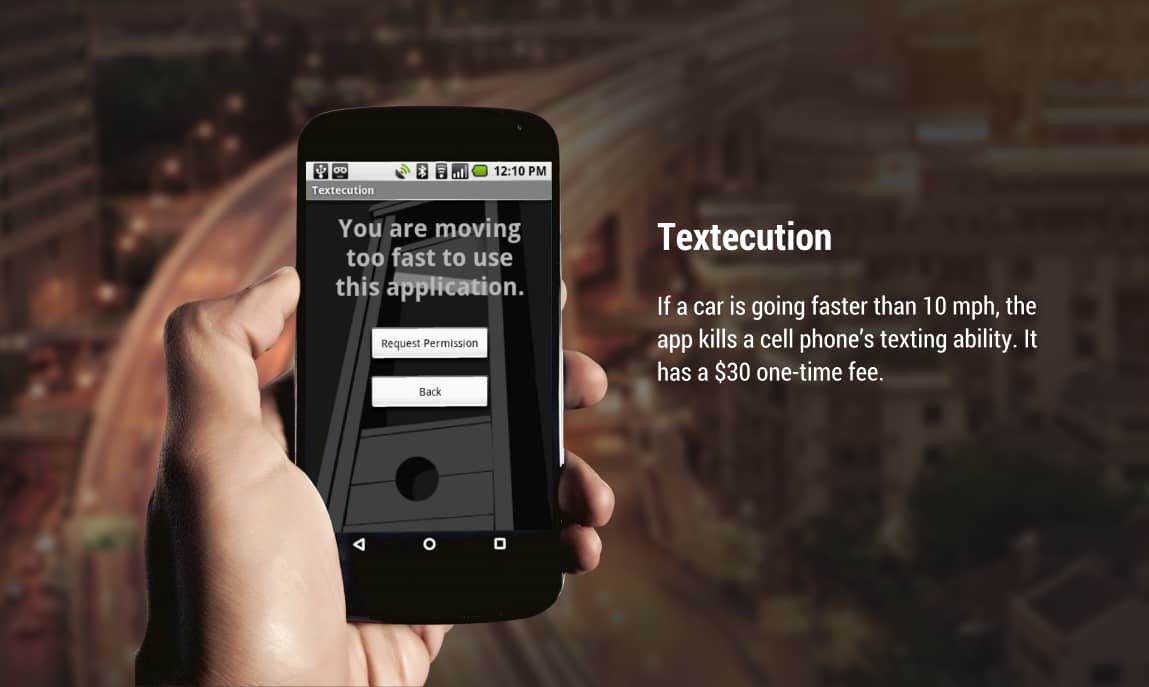
OneProtect: Gives parents remote control to limit their teen’s hands-free calling, texting, and emailing. The cost for this is $7 monthly or $76 annually.
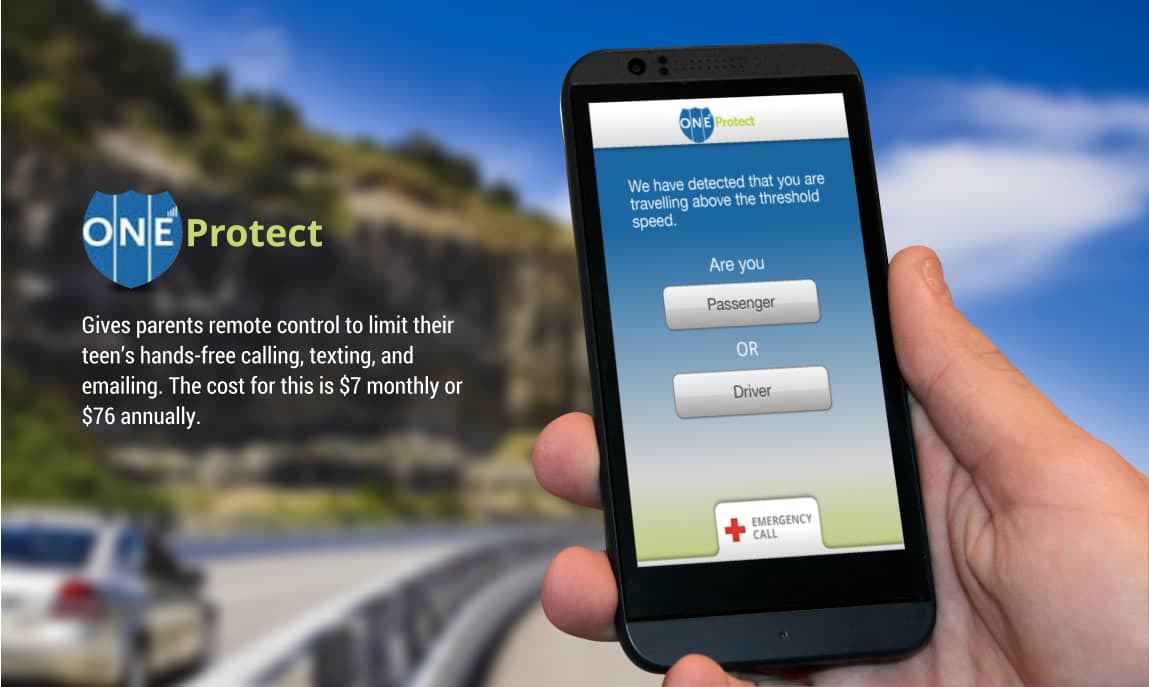
AT&T DriveMode: Restricts calls and web browsing but must be activated by the motorist. It is free.
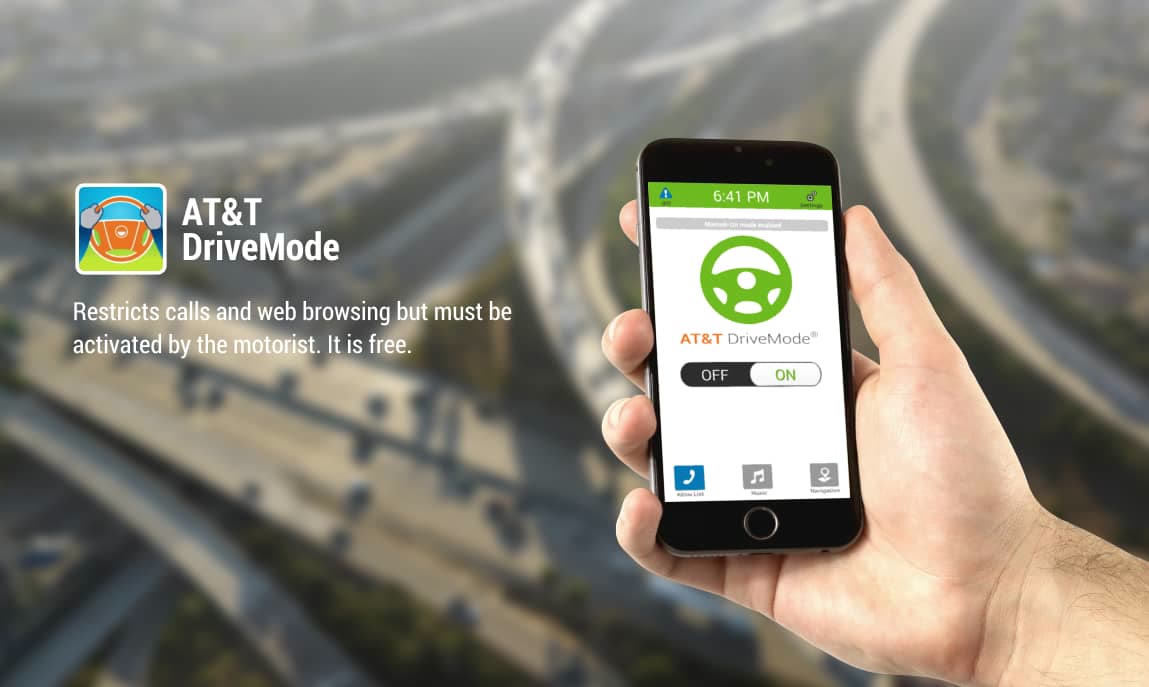
DriveSafely: Reads messages and emails but gives an automatic response letting the sender know the teen is driving. The cost is $4 monthly or $14 a year for one person.
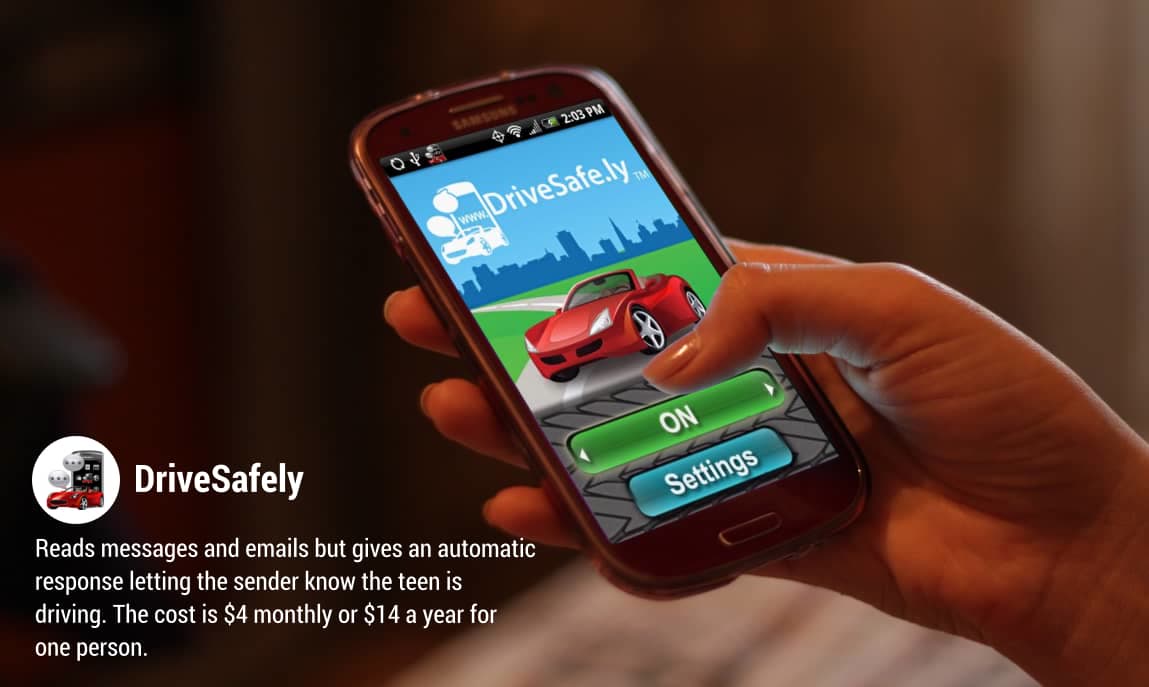
SafeCell: Catches calls and texts before they arrive and lets the sender know the person is driving and unavailable. The cost is $12.
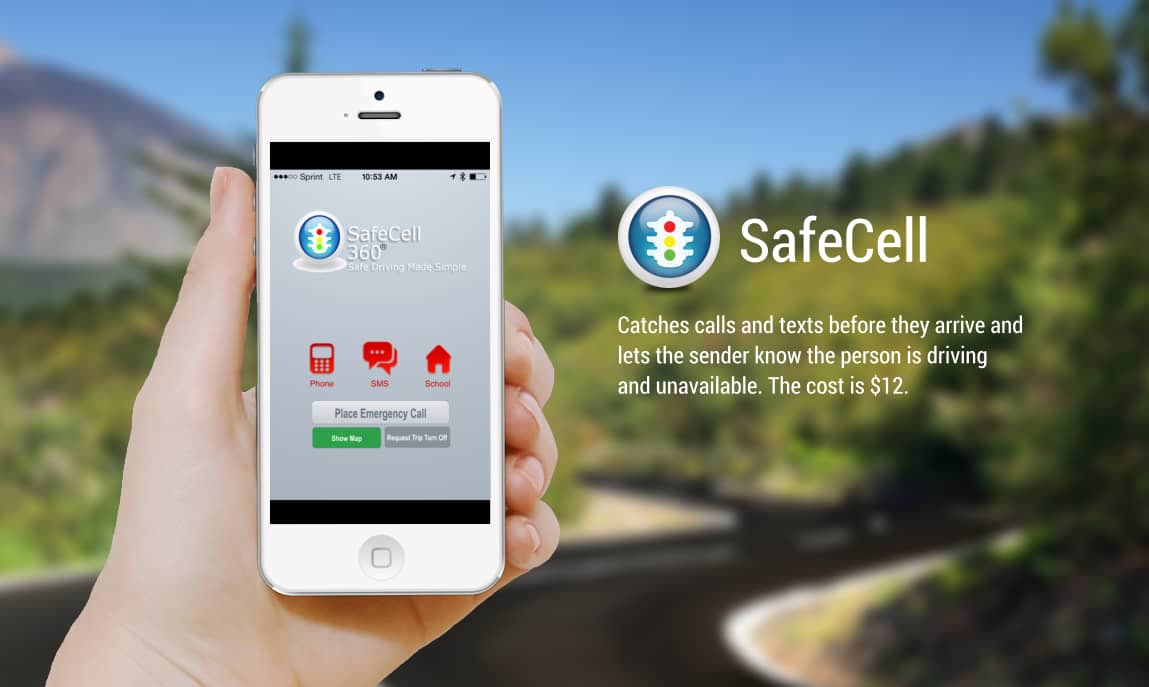
Take a pledge: There are several suggested pledges for parents and teens to remind them of the dangers of distracted driving. These can be signed and placed in vehicles or on the refrigerator at home.
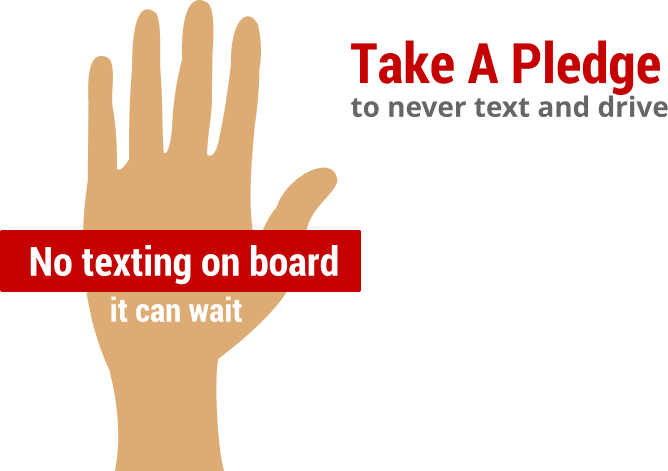
Distraction.gov: The fight to end distracted driving starts with you. Make the commitment to drive phone-free today. Distracted driving kills and injures thousands of people each year. I pledge to, 1) protect lives by never texting or talking on the phone while driving, 2) be a good passenger and speak out if the driver in my car is distracted, and 3) encourage my friends and family to drive phone-free.
Teens Against Distracted Driving (TADD): I pledge to completely stop texting and using my cell phone while I am driving. I understand the dangers associated with these actions and will spread the word to my family and friends to help us put an end to the dangerous habit.
It Can Wait: No text is worth the risk. I can wait. No text message, email, website, or video is worth the risk of endangering my life or the lives of others on the road. I pledge to never text and drive and will take action to educate others about the dangers of texting while driving.
Texting, talking, and manipulating cell phones diverts the driver’s attention from all three of these, greatly increasing the chances of a car crash. Take the time today to sit down with your teen driver and talk to them about the dangers of mixing cell phones with driving. You could save their life or someone else’s with one short chat.